Obedience training is crucial for building a well-behaved canine companion. By teaching core commands and expectations, dogs learn correct behavior and how to properly interact with their human families.
While obedience training may sound daunting, it simply comes down to setting expectations, offering incentives, and reinforcing commands clearly and regularly. So grab some tasty treats and get ready to find out what every owner needs to know to train an obedient dog!
Training Methods and Philosophies
There are two main approaches when it comes to dog obedience training philosophy:
Aversive-Based Training
This traditional model relies on corrections and consequences like leash pulls or even shocks to discourage unwanted behaviors.
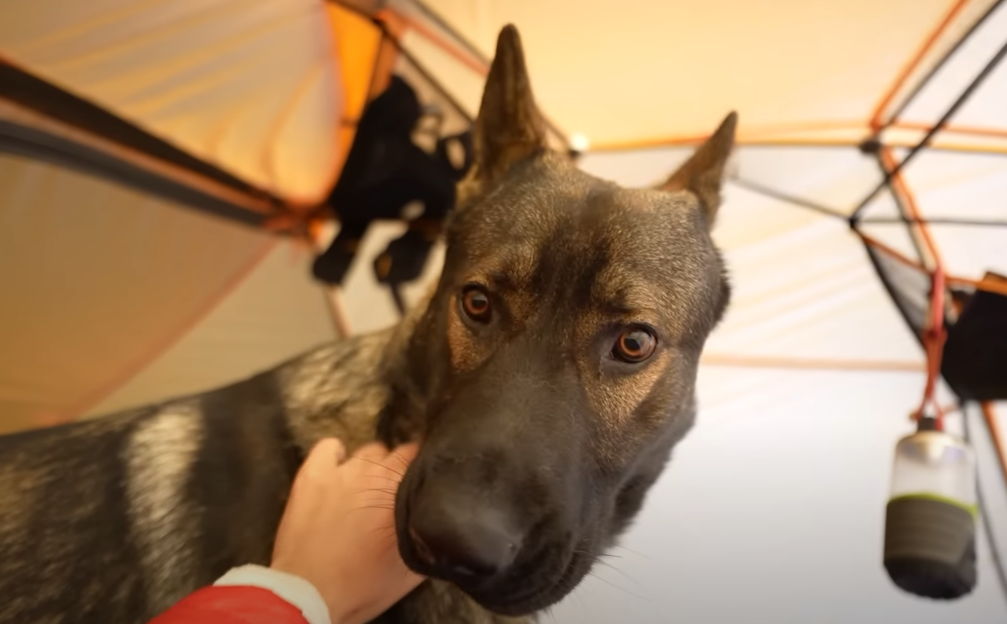
While once common, more modern techniques focus on positive rewards for good behavior rather than punishing bad. Studies show that punishment can be ineffective long-term in changing a dog’s conduct.
Reward-Based Training
This popular new wave focuses on giving dogs an incentive to exhibit desired behaviors. Rewards like treats, toys, praise, play, and affection encourage dogs to listen and respond to commands. This technique works with a dog’s innate desires and leads to more effective learning.
However, in reality, there is no single approach that is perfectly suited for every dog. Good training requires understanding both human and canine psychology – different techniques can be used depending on each dog’s unique personality and background.
Some dogs do better with rewards-based methods while others need more structure. Most trainers recommend always emphasizing the positive while minimizing correction or punishment.
Basic Commands and Techniques
The first step with any new dog should be teaching basic commands that establish communication and expectations. Be patient, and be prepared to repeat commands hundreds of times as your dog learns. Consistency leads to comprehension.
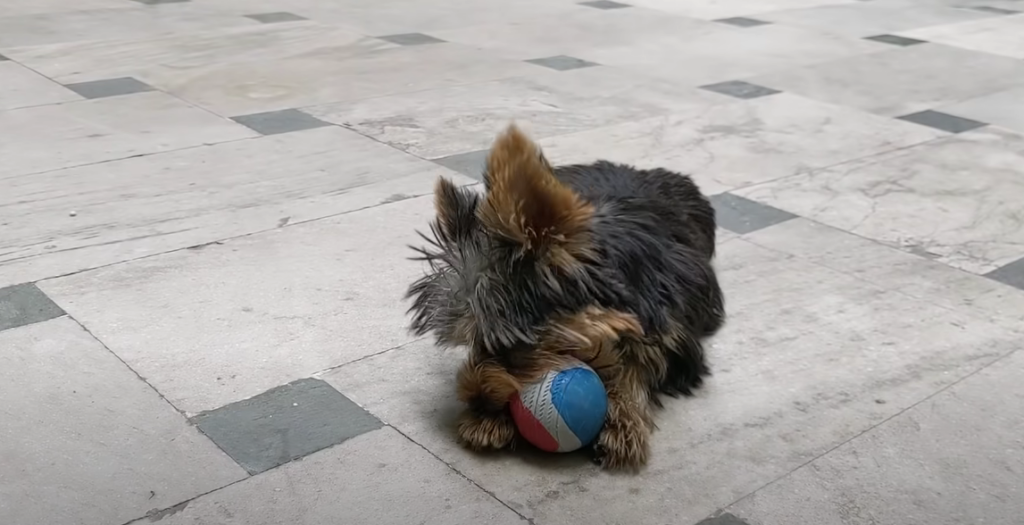
Here are the core obedience cues to start with:
Teaching “Sit”
Have treats ready to motivate your dog. Hold one at nose level right above your dog’s head, then slowly move your hand above the head and back over the shoulders, causing their bottom to touch down as they look up. Say “sit!” the moment they do, then treat and praise.
Teaching “Down”
Ask your dog to sit first. Hold the treat at nose level then slowly lower it straight down to the the floor. Their head will follow as they lie down. Say “down!” as soon as they do, treat and praise again.
Teaching “Stay”
Ask your dog to sit or lie down. Stand in front, say “stay”, take one step back, and return immediately to treat if they hold the position. Gradually increase your steps away adding the command, “good stay!”
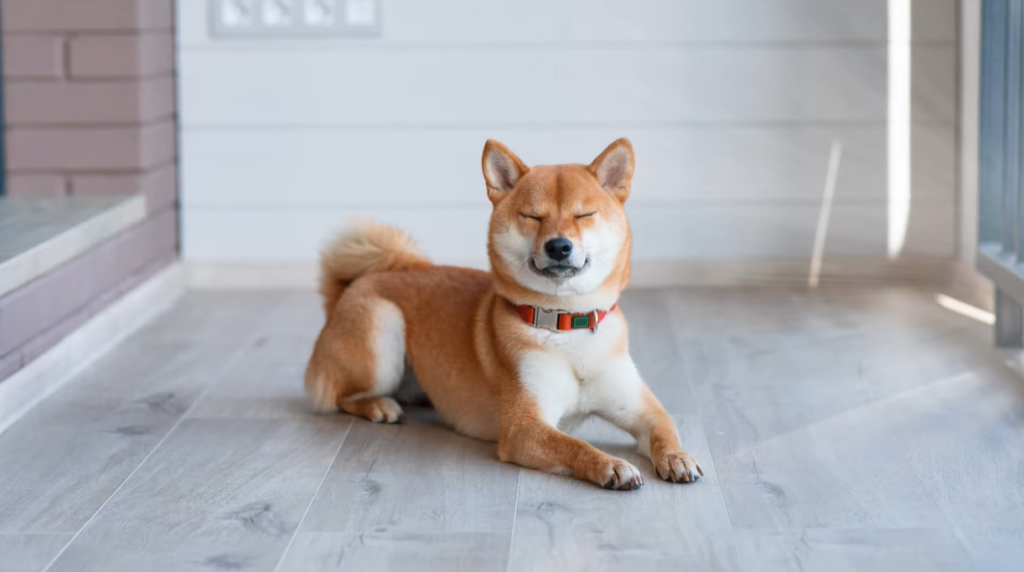
Teaching “Come”
Secure your dog’s leash and walk away while calling “come!”. Encourage them excitedly and reward them immediately when they come. Let them know coming is always positive!
Teaching “Heel”
With your dog on a leash and treats ready, get their attention and show one while walking briskly, changing direction often. Say “heel!” often, treating for focusing on you. Keep sessions short and positive.
Effective training uses rewards your dog values like food, affection, or play. Saying “good dog!” lets them know the behavior is what you wanted. It’s also vital to avoid repeating commands without response – be patient for them to complete the action before expecting another trick.
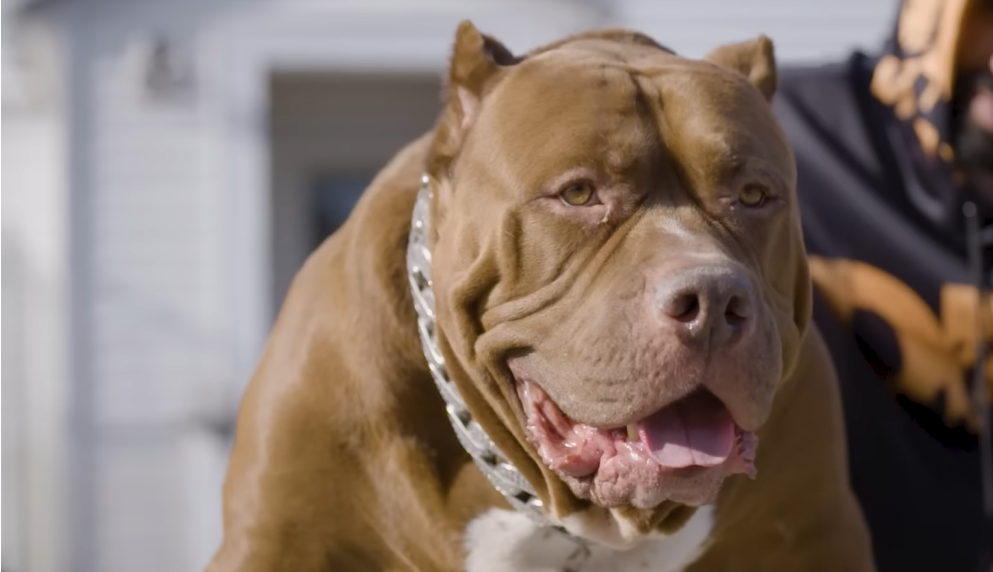
Advanced Training and Tricks
Once basic commands are mastered, dogs can learn all sorts of fun and useful behaviors from shaking hands to cleaning up toys. Intermediate training might include longer stays, walking without pulling, or polite greetings.
More advanced tricks range from playing dead to perfectly timed catching and returning objects thrown. Fit the activities to what you want from your canine companion.
Dealing with Behavioral Issues
Even obedient dogs can struggle with anxiety, aggression, or destructive tendencies like excessive barking, chewing, and more [1]. Obedience training helps minimize issues before they start by tiring your dog mentally and physically.
However, additional steps should be taken to address unwanted behaviors that do arise:
Jumping
Turn away and refuse attention until your dog has calmed down and all four paws are on the floor again. Reward calm behavior.
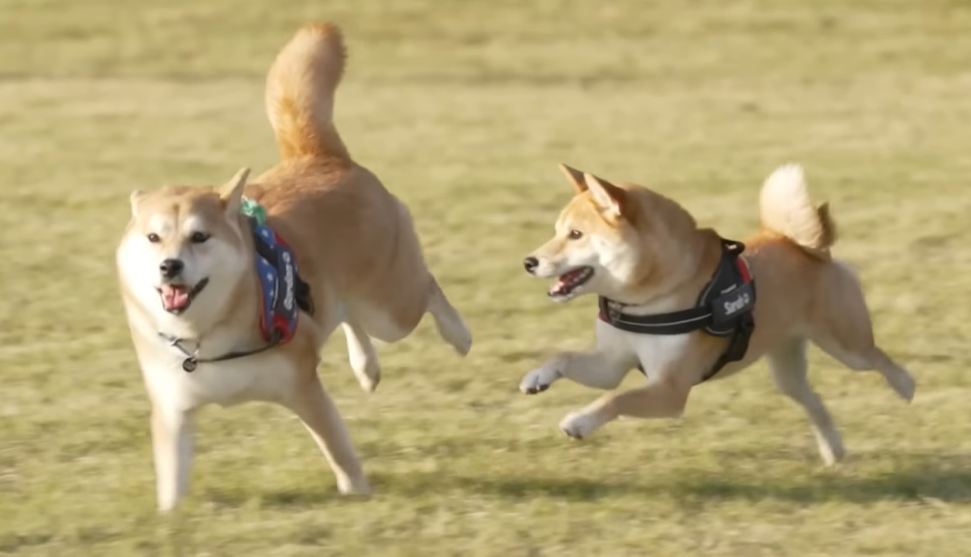
Barking
Determine the trigger first if possible, then train your dog to perform an alternative behavior instead of barking by distracting with a “quiet” command and treat when they stop.
Chewing
Provide approved chew toys whenever you see your dog gnawing on unacceptable items. Use a firm “no chew” command if needed.
Separation Anxiety
Avoid reacting to whining or anxious behaviors before you leave. Keep departures/arrivals low-key over time so being alone feels normal. Provide puzzle toys with treats when you go.
Leash Reactivity
Create enough distance so your dog doesn’t react when seeing triggers like bikes or other dogs. Reward for non-reactions, moving closer very gradually over multiple sessions if possible.
Seek help from a certified professional dog trainer or veterinary behaviorist for issues you’re unable to improve through basic training alone.
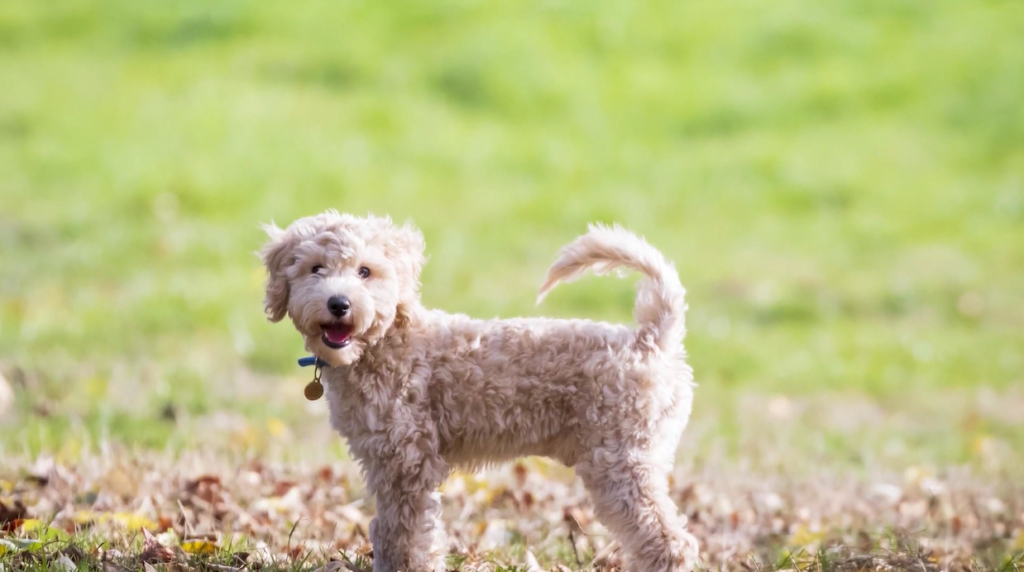
Training Equipment and Environment
Proper tools and setups can enhance obedience lessons. Recommended basics include:
- Short leash for close heel work plus longer line for come commands.
- Variety of motivational treats and toys like balls, ropes, and squeakers.
- Clickers for precisely marking desired behaviors.
- Cones, obstacles, or tie downs to practice stays/recalls.
- Crates for confinement when you can’t directly supervise.
Make sure to always train in short 5 to 10-minute sessions, ending on a high note with lots of praise. Gradually increase the duration as your dog’s skills improve. Distraction-free areas are best for initial training.
Once commands are mastered in confinement, challenge your dog by upsizing space or adding real-life triggers.
Professional Training Options
While many dogs respond well to owner-led training, some benefit from or even require professional intervention. The price of proper dog training with a certified professional can vary based on the needs of your dog and the type of instruction provided.
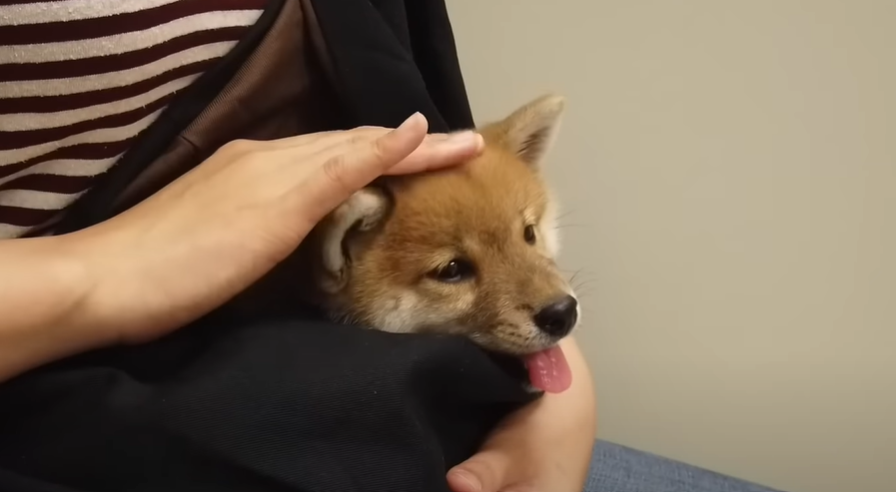
However, investment in your pet’s long-term behavior is invaluable. One-on-one private sessions allow personalized instruction tailored to your dog’s unique needs. Group class settings with other dogs provide real-time practice in a controlled environment.
Board-and-train programs take over training completely without the owner present so dogs can immerse in intensive daily lessons. If you’re struggling with basic manners or need help with significant behavioral issues, consider the structured guidance an experienced professional dog trainer can provide.
Puppy-Specific Training Considerations
Like children, puppies have short attention spans but nearly limitless energy. Keep all sessions upbeat and under five minutes for best results. Establish a strong foundation early on using reward-based methods.
You can’t expect much self-control from a young pup but marking and rewarding desired behaviors like quiet, gentle mouthing, or sitting politely does wonders for future conduct down the road.
Socialization is another pivotal puppy consideration – safely introduce growing dogs to new sights, sounds, smells, people, pets, and environments consistently to build confidence and prevent future reactivity
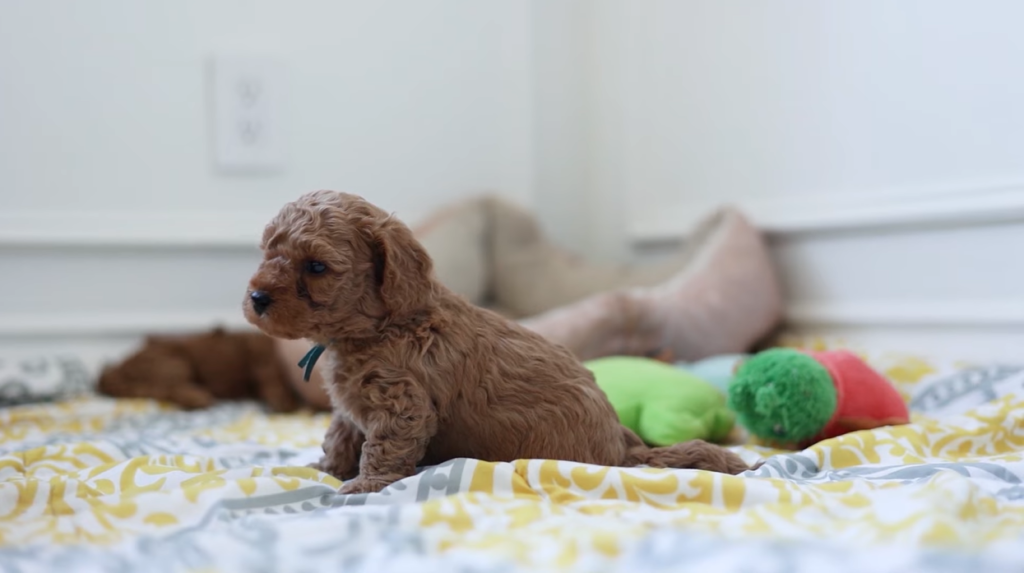
Registration for a quality puppy kindergarten class accelerates this exposure in a controlled setting critical during the impressionable first 6 months of life.
Conclusion
When done correctly using positive methods tailored to your dog’s personality and needs, obedience training ticks off the boxes for both owner and pet contentment. Consistency remains paramount, as dogs yearn for structure and need hundreds if not thousands of repetitions to truly cement skills.
While training takes immense dedication, having an obedient canine companion liberates owners to enjoy worry-free activities together for years to come. The investment of time, energy, and patience leads to increased everyday enjoyment of your obediently trained dog.
